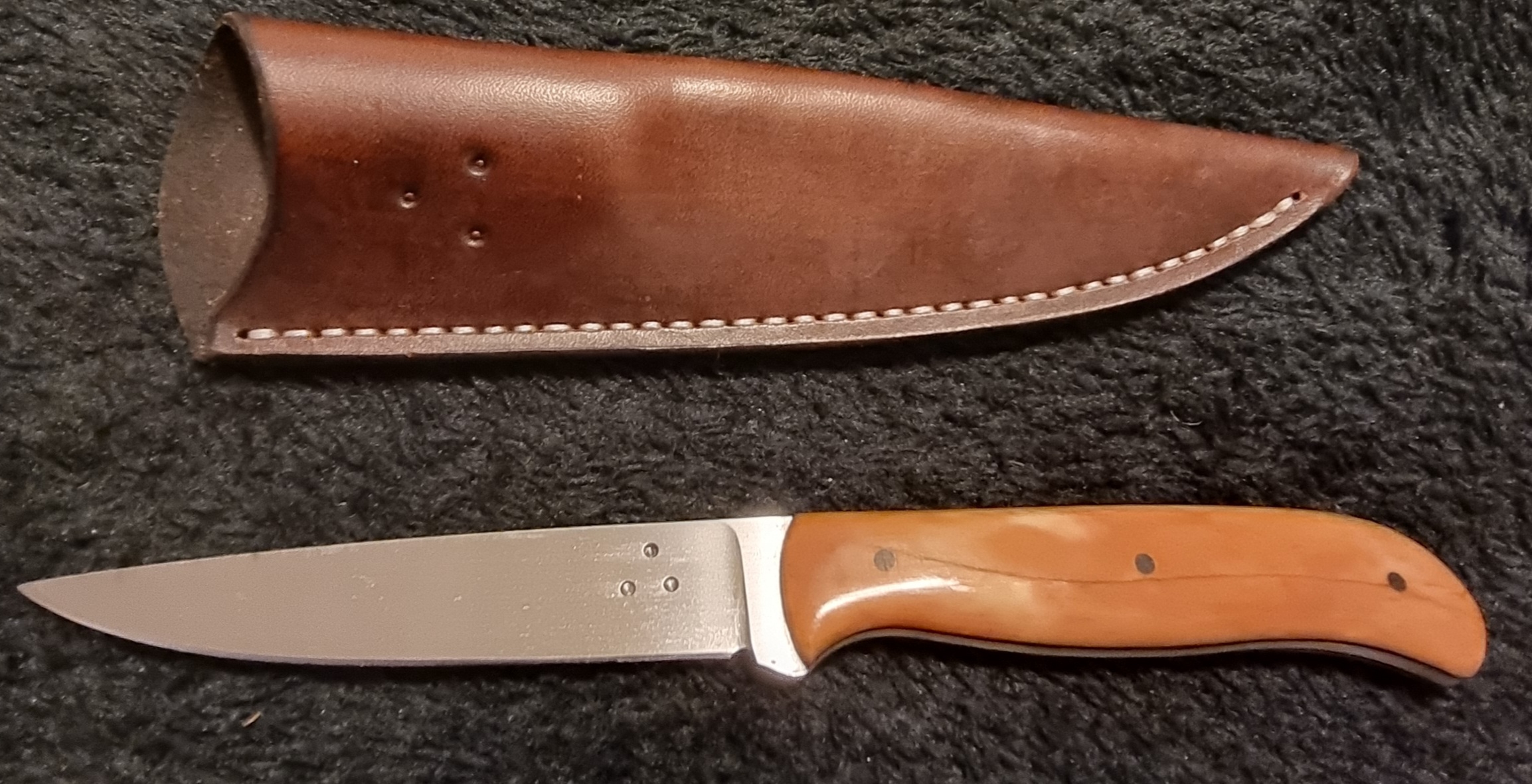Got mine the other day.
It's fantastic
With thanks @wekaman
Welcome guest, is this your first visit? Create Account now to join.
Welcome to the NZ Hunting and Shooting Forums.
Search Forums
User Tag List
+ Reply to Thread
Results 1 to 15 of 334
Thread: Various Knives
Hybrid View
-
17-09-2022, 07:34 PM #1Member

- Join Date
- May 2019
- Location
- Christchurch
- Posts
- 691
Tags for this Thread
Welcome to NZ Hunting and Shooting Forums! We see you're new here, or arn't logged in. Create an account, and Login for full access including our FREE BUY and SELL section Register NOW!!





 873Likes
873Likes LinkBack URL
LinkBack URL About LinkBacks
About LinkBacks



 Reply With Quote
Reply With Quote


Bookmarks